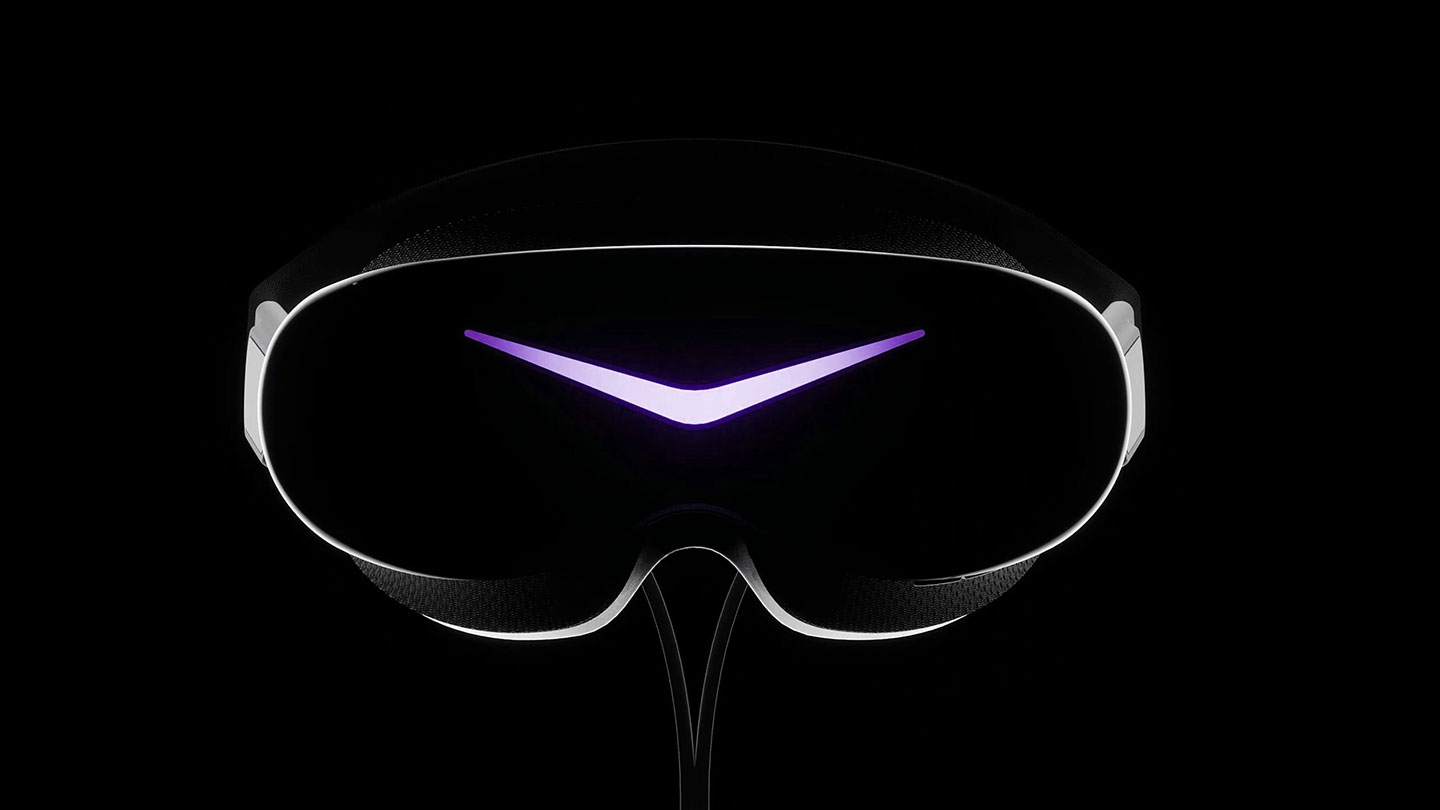Pimax has expanded its virtual-reality lineup with the Dream Air SE, a more affordable model that nonetheless packs premium features such as 2,560 × 2,560-pixel micro-OLED panels per eye, custom pancake lenses, and integrated audio. The Dream Air SE is available in two variants: a SLAM-tracking version priced at $1,199 (Prime: $699) and a Lighthouse-tracking model at $899 (Prime: $599), both set to ship in the third quarter of 2025.
At the same time, Pimax has upgraded its existing Dream Air headset—originally launched in December 2024 as the smallest 8K-resolution device on the market—with Sony micro-OLED panels delivering 3,840 × 3,552 pixels per eye, next-generation pancake optics for edge-to-edge clarity, and support for Tobii-powered 120 Hz eye-tracking, SLAM tracking, and hand-tracking. The refreshed Dream Air will cost $2,099 for the SLAM version (Prime: $1,399) and $1,899 for the Lighthouse version (Prime: $1,199), also shipping in Q3.
Both headsets leverage Pimax’s proprietary SLAM system—using four onboard cameras and over a million tracking points to rival base-station setups without occlusion issues—and will add hand-tracking in beta alongside the Crystal series later this year. Wireless connectivity via Pimax’s 60G Airlink and new Crystal Super models will further broaden options for high-end, cable-free VR.

